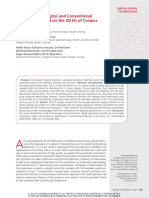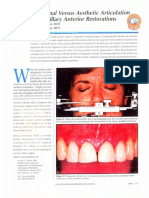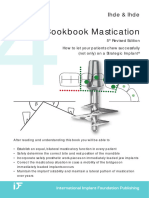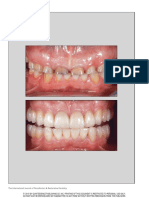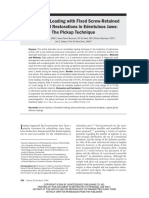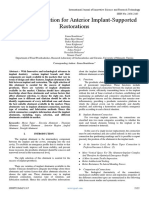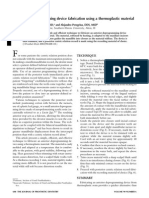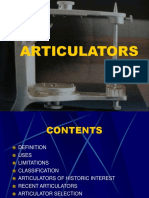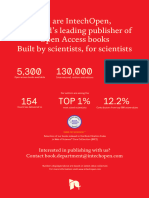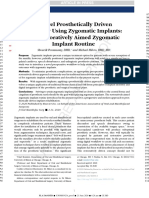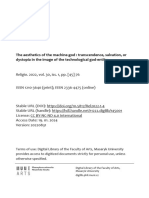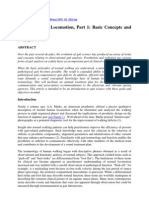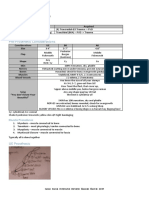0% found this document useful (0 votes)
209 views16 pagesUse of An Optical Jaw Tracking System To Record Ma
This document presents a dental technique utilizing an optical jaw-tracking system to record mandibular motion for planning and designing interim and definitive prostheses. The process integrates digital technologies, including intraoral scanners and CAD software, to enhance treatment planning and minimize chair time during delivery. A detailed clinical protocol is outlined for capturing and utilizing mandibular motion data in the fabrication of implant-supported restorations.
Uploaded by
Gerardo RodriguezCopyright
© © All Rights Reserved
We take content rights seriously. If you suspect this is your content, claim it here.
Available Formats
Download as PDF, TXT or read online on Scribd
0% found this document useful (0 votes)
209 views16 pagesUse of An Optical Jaw Tracking System To Record Ma
This document presents a dental technique utilizing an optical jaw-tracking system to record mandibular motion for planning and designing interim and definitive prostheses. The process integrates digital technologies, including intraoral scanners and CAD software, to enhance treatment planning and minimize chair time during delivery. A detailed clinical protocol is outlined for capturing and utilizing mandibular motion data in the fabrication of implant-supported restorations.
Uploaded by
Gerardo RodriguezCopyright
© © All Rights Reserved
We take content rights seriously. If you suspect this is your content, claim it here.
Available Formats
Download as PDF, TXT or read online on Scribd
/ 16








